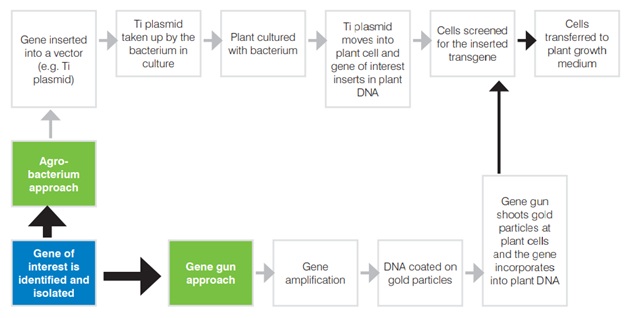

Rubber Research Institute of India had developed a rubber plant tailored for the climatic conditions in the Northeast.
Context
Rubber Research Institute of India had developed a rubber plant tailored for the climatic conditions in the Northeast.
About
About the Genetically modified organism (GMO)
- A genetically modified organism (GMO) or living modified organism (LMO), is any organism whose genetic material has been modified.
- Mass production of GM technology-based human insulin, vaccines, growth hormones and other drugs has greatly facilitated the availability and access to life-saving pharmaceuticals are the results of Genetic Modification.
- Under this, the gene is incorporated into the DNA of crop plant using laboratory-based gene gun or agrobacterium approaches.
The Genetically modified rubber plant of Kerala
- This is the world’s first genetically modified (GM) rubber plant tailored for the climatic conditions in the Northeast.
- The plant was developed at the Kerala-based Rubber Research Institute of India (RRII).
- This is the first time any GM crop has been developed exclusively for a particular region.
- Natural rubber is a native of warm humid Amazon forests and is not naturally suited for the colder conditions in the Northeast, which is one of the largest producers of rubber in India.
- The growth of young rubber plants remains suspended during the winter month.
- The GM rubber would tide over the severe cold conditions during winter, which impacts its growth.
- The GM rubber has additional copies of the gene MnSOD or manganese-containing superoxide dismutase.
- The MnSOD gene can protect plants from the adverse effects of severe environmental stresses such as cold and drought.
|
Modification Process
|
 |



